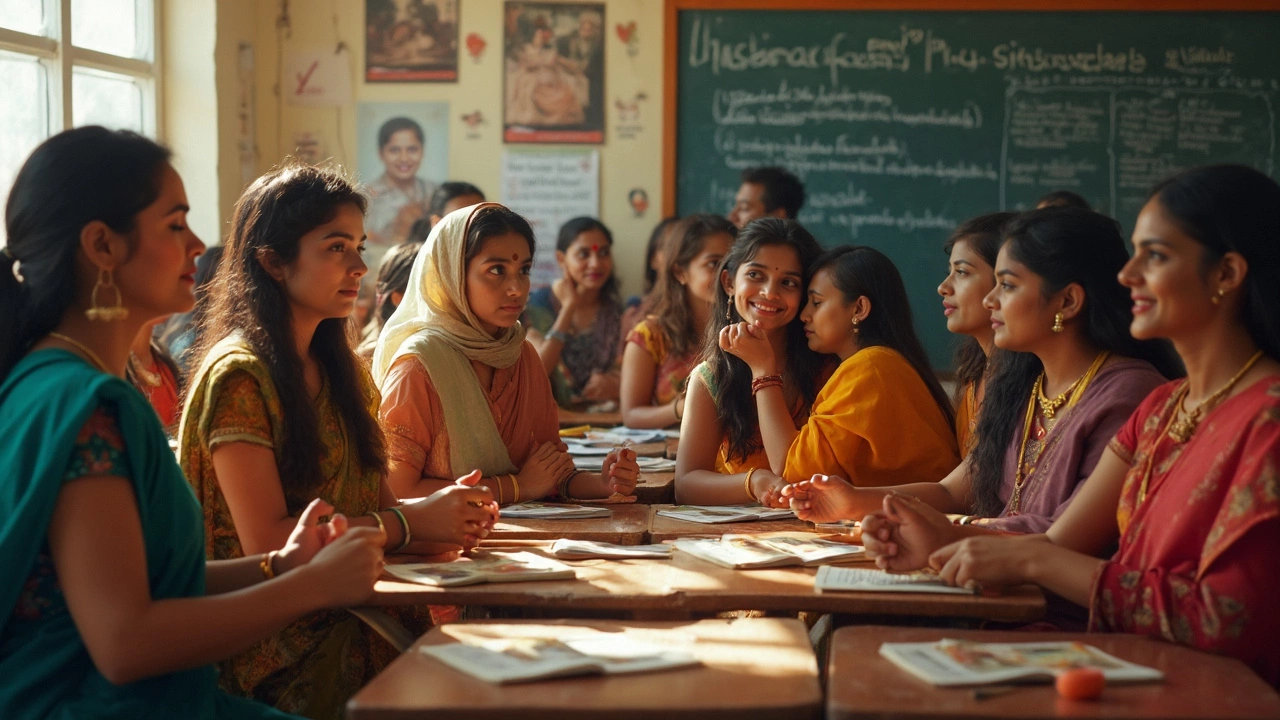Women's Education in India: Skills, Opportunities, and Real Pathways to Empowerment
When we talk about women's education, the process of acquiring knowledge, skills, and qualifications that enable women to enter and thrive in the workforce. Also known as female education, it's no longer just about degrees—it’s about vocational training, skill development, and real-world job readiness. In India, women’s education has shifted from classrooms to careers. More women are walking into trade courses, digital marketing bootcamps, and certification programs—not because they’re following tradition, but because they’re building futures.
Think about it: a 45-year-old woman in Jaipur takes a certificate course in digital marketing and lands a remote job paying ₹35,000 a month. A young woman in Lucknow finishes a diploma in fashion design, starts her own label, and sells online across India. These aren’t rare stories anymore—they’re becoming the norm. Women's education today is about access, timing, and relevance. It’s not about waiting for permission. It’s about picking the right skill, at the right time, with the right support. And that’s exactly what the posts below show: real paths women are taking to earn more, lead more, and own more.
From English certificates that open doors abroad to trade courses that pay better than many degrees, the options are wider than ever. You’ll find guides on how to choose the right course after 40, what employers actually look for in vocational qualifications, and how free learning apps are helping women in small towns upskill without leaving home. No fluff. No theory. Just what works—for your life, your timeline, and your goals.

Who Advocated for Women to Go to School? The Real Champions Behind Women's Vocational Training
Ever wondered who fought for women to get an education and skills for real jobs? This article uncovers the passionate advocates who pushed for women to enter schools and training centers, and how their efforts rewrote the rules. We'll look at real stories, practical tips for today, and highlight where progress is still needed in vocational training for women. It's not all about famous names—grassroots heroes and everyday rebels played a huge role too. Expect to learn surprising facts and leave with ideas you can actually use.